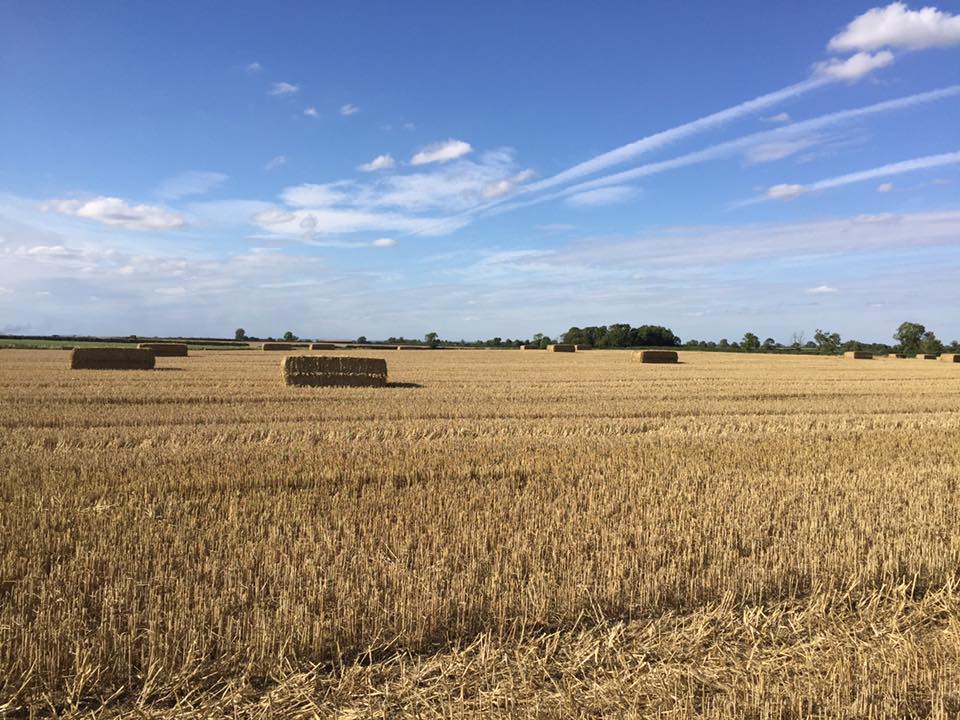
Stubble management: where is the research?
24th August 2017Posted by Jim Orson, NIAB TAG and BCPC Board of Management 24 August 2017
I would not blame anyone for being totally confused about how to treat stubbles this autumn in order to minimise black-grass in future crops. I have read three separate articles on this subject in the farming press over the last few weeks which have intended to inform us. Unhelpfully, there seem to be three approaches being simultaneously suggested, sometimes within the same article! Some contributors are suggesting leaving the stubble undisturbed and allowing the black-grass seed to emerge. Then there is the very opposite advice being proffered. The stubble needs to be cultivated as soon as possible in order to get the black-grass seed to chit.
The contributors to these articles suggest that glyphosate should be used on multiple occasions to kill off the emerged black-grass but perversely also suggest that the farmer must think about the possibility of glyphosate resistance. Using cultivations to kill off small emerged black-grass is not mentioned as a possibility, although I do accept glyphosate must be used immediately before or very soon after drilling.
The third school of thought is that ‘it all depends’. I am firmly in this camp because that is what the data suggest. NIAB TAG staff regularly read trial reports from throughout Northern Europe and analyse the published data. It is a cheap way of supplementing our research for our membership. Trials can often have specific objectives and the authors of the reports regularly do not glean all the messages from the data. It is through this means that we came across data that provide a strong steer on how best to treat stubbles to maximise black-grass seed loss. Please note the emphasis on seed losses rather than simplistically encouraging seeds to germinate; one conclusion of this broad reading is that maximising losses, both those that occur through germination and those which are less visible, should be the goal.
The conclusions are pretty straightforward. When the soil is tinder dry, as it was last year, it is best to leave the stubbles undisturbed in order to minimise black-grass emerging in the following crop. In such conditions more viable black-grass seeds are lost from undisturbed stubbles than when shallow cultivations are adopted. This may be because the undisturbed soil surface structure seems to result in more black-grass seed germination in the stubble in dry conditions. It is also obviously the case that there are some natural losses from the soil surface. Shallow cultivations straight after harvest are more likely to provide an environment for seed survival in very dry conditions.
Around 15 years ago The Morley Agricultural Foundation funded a PhD on seed losses of different grass weed species from the soil surface. The conclusions suggest that nearly all seed from the major grass weed species are lost from the soil surface in the autumn and over-winter but some may be taken into the surface layers of the soil by earthworms. This study may, I emphasise may, have found the first evidence that birds predate black-grass seed from the soil surface during the winter.
The higher rate of black-grass seed losses in undisturbed stubble in very dry conditions rather goes against those who subscribe to the assertion that non-soil disturbance results in less black-grass germination than when the soil surface is cultivated. I have to stress that this is more relevant to spring sowing when some black-grass seeds need the stimulus of cultivation in order to germinate.
The opposite is true in moist or wet conditions. Incorporating the seed into a shallow seedbed straight after harvest results in less black-grass emerging in the following crop. This is hardly surprising when you think about it.
I have other gripes concerning these press articles! They mention weeds other than black-grass in their introductions and then, without any notice, specifically discuss black-grass. This only adds to the muddle.
Highlighting the present muddle means that I have to be absolutely clear;
• The effectiveness of different cultivation strategies post-harvest depends entirely on the context and, although there is work to be done in this area. The total losses of freshly shed seed seem to be maximised in dry conditions by leaving them undisturbed on the soil surface. In wetter conditions, however, some shallow, superficial cultivation immediately post-harvest to encourage black-grass seeds to germinate appears to be a more effective strategy.
• As an overall comment on the whole topic of post-harvest cultivations, there needs to be a focus on the totality of seed losses during this period and not just losses through germination.
My greatest gripe is that there is no publicly available specific research on this issue. Unfortunately it is not headline stuff and does not promise to revolutionise arable production in one project. However, three years of NIAB TAG member-funded research suggests that a better understanding of this area of the biology of black-grass is critical to improving practical management on farm. That is what research is about: not the glamour of a quick fix promised breakthrough but of slowly and painstakingly producing better options for farmers. Instead, we have chaos and confusion.

